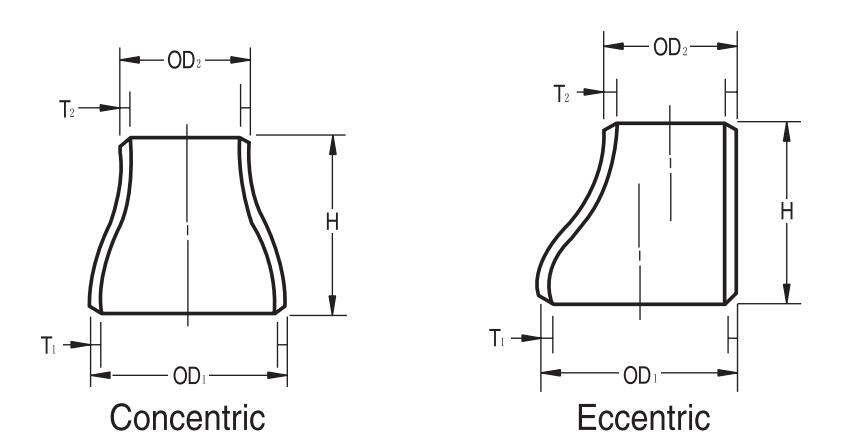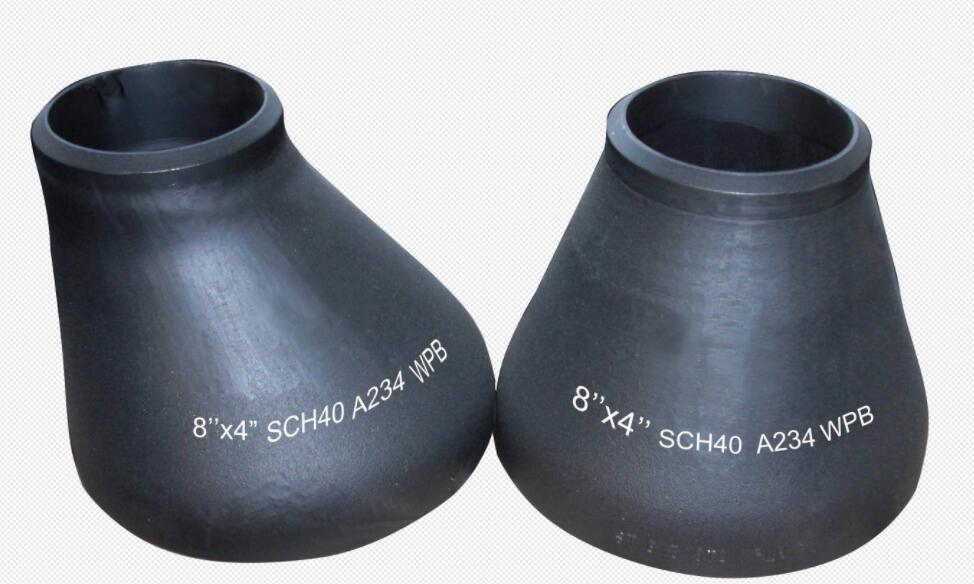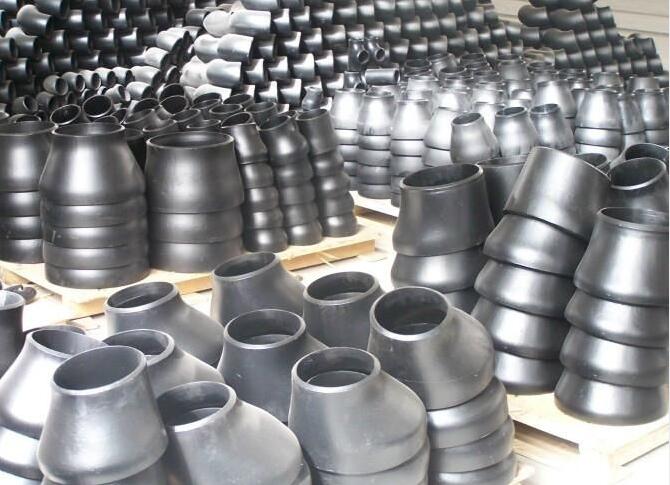Common materials and specifications of eccentric reducers
Specifications of eccentric reducer
Packaging method of eccentric reducer
The purpose of eccentric reducer
Classification of eccentric reducers
Standards for eccentric reducers
Eccentric large and small heads refer to large and small heads where the center of the circle is not on the same straight line.
Its function is to run pipelines against the wall or the floor without taking up space, and to connect two pipes of different diameters to change the flow rate.

Specifications of eccentric reducer
3/4″ X1/2″ — 48″ X 40″ [DN 20 X 15 — 1200 X 1000]
Packaging method of eccentric reducer
Fumigation-free wooden boxes and pallets can be specially packaged according to customer requirements.
The purpose of eccentric reducer
Petroleum gas pipeline engineering, natural gas pipeline engineering, chemical plants, power plants, shipyards, pharmaceuticals, dairy products, beer, beverages, water conservancy, etc.

Material of eccentric reducer
Carbon steel: 10#, 20#, A3, Q235A, 20G, 16Mn, ASTM A234, ASTM A105, etc.
Stainless steel: ASTM A403, 1Cr18Ni9Ti, 0Cr18Ni9, 00Cr19Ni10, 00Cr17Ni14Mo2, 304, 304L, 316, 316L, etc.
Alloy steel: 16MnR, Cr5Mo, 12Cr1MoV, 10CrMo910, 15CrMo, 12Cr2Mo1, A335P22, St45.8/Ⅲ, A10bB
Classification of eccentric reducers
Carbon Steel: ASTM/ASME A234 WPB, WPC
Alloy: ASTM/ASME A234 WP 1-WP 12-WP 11-WP 22-WP 5-WP 91-WP911, 15Mo3 15CrMoV, 35CrMoV
Stainless steel: ASTM/ASME A403 WP 304-304L-304H-304LN-304N
ASTM/ASME A403 WP 316-316L-316H-316LN-316N-316Ti
ASTM/ASME A403 WP 321-321H ASTM/ASME A403 WP 347-347H
Low temperature steel: ASTM/ASME A402 WPL3-WPL 6
High Performance Steel: ASTM/ASME A860 WPHY 42-46-52-60-65-70
Cast steel, alloy steel, stainless steel, copper, aluminum alloy, plastic, argon phosphate, PVC, PPR, RFPP (reinforced polypropylene), etc.

Standards for eccentric reducers
There are two main international pipe flange standards, namely the European pipe flange system represented by German DIN (including the former Soviet Union) and the American pipe flange system represented by American ANSI pipe flanges.
In addition, there are Japanese JIS pipe flanges, but they are generally only used in public projects in petrochemical plants and have little impact internationally.
Here is an introduction to pipe flanges in various countries:
- The European system pipe flange represented by Germany and the former Soviet Union
- American system pipe flange standards, represented by ANSI B16.5 and ANSI B 16.47
- British and French pipe flange standards, each country has two casing flange standards.
To sum up, the internationally accepted pipe flange standards can be summarized into two different and non-interchangeable pipe flange systems: one is the European pipe flange system represented by Germany; the other is represented by the United States. American pipe flange system.
IOS7005-1 is a standard promulgated by the International Organization for Standardization in 1992.
This standard is actually a pipe flange standard that merges two series of pipe flanges from the United States and Germany.
